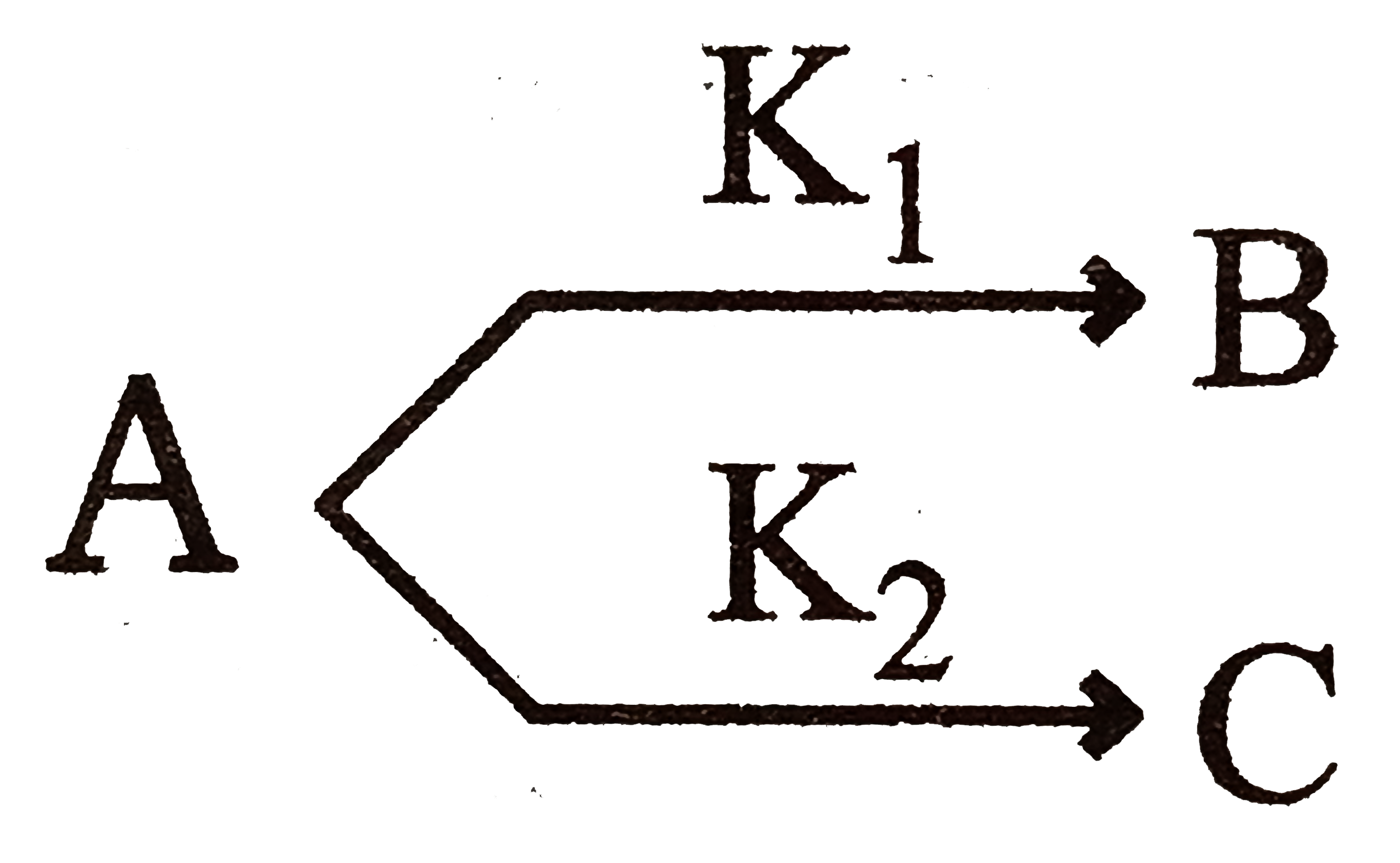Which of the following relations are not correct ?
Λm=κ×1000M
κ=C×al
R=ρla
la (cell constant) = κ×1R
The correct Answer is:B, D
To determine which of the given relations (A, B, C, D) are not correct, we will analyze each relation step by step.
Step 1: Analyze Relation A
Relation A: λm=κ×1000m
- Here, λm is the molar conductivity, κ is the specific conductance, and m is the molarity.
- The formula for molar conductivity is indeed given by λm=κ×1000m.
- Conclusion: This relation is correct.
Step 2: Analyze Relation B
Relation B: κ=Conductance×AL
- In this relation, A is the area of cross-section and L is the length of the electrodes.
- The correct relation is κ=Conductance×LA.
- Here, the relation AL is incorrect.
- Conclusion: This relation is incorrect.
Step 3: Analyze Relation C
Relation C: R=ρ×LA
- Here, R is resistance, ρ is resistivity, L is the length, and A is the area of cross-section.
- The relation R=ρ×LA is indeed correct.
- Conclusion: This relation is correct.
Step 4: Analyze Relation D
Relation D: LA=κ×1R
- The cell constant LA is related to conductivity κ and conductance.
- The correct relation is LA=κConductance, and since Conductance is the reciprocal of resistance, we have Conductance=1R.
- Therefore, LA=κ×R is the correct relation, not κ×1R.
- Conclusion: This relation is incorrect.
Final Conclusion
The relations that are not correct are:
- B: κ=Conductance×AL
- D: LA=κ×1R
Summary of Incorrect Relations
- Incorrect Relations: B and D
Relation A: λm=κ×1000m
- The formula for molar conductivity is indeed given by λm=κ×1000m.
- Conclusion: This relation is correct.
Relation B: κ=Conductance×AL
- The correct relation is κ=Conductance×LA.
- Here, the relation AL is incorrect.
- Conclusion: This relation is incorrect.
Relation C: R=ρ×LA
- The relation R=ρ×LA is indeed correct.
- Conclusion: This relation is correct.
Relation D: LA=κ×1R
- The correct relation is LA=κConductance, and since Conductance is the reciprocal of resistance, we have Conductance=1R.
- Therefore, LA=κ×R is the correct relation, not κ×1R.
- Conclusion: This relation is incorrect.
The relations that are not correct are:
- B: κ=Conductance×AL
- D: LA=κ×1R
- Incorrect Relations: B and D
Topper's Solved these Questions
- BOOK - MODERN PUBLICATIONCHAPTER - ELECTROCHEMISTRY EXERCISE - COMPETITION FILE (OBJECTIVE TYPE QUESTIONS) D MULTIPLE CHOICE QUESTIONS12videos
ELECTROCHEMISTRY
- BOOK - MODERN PUBLICATIONCHAPTER - ELECTROCHEMISTRY EXERCISE - COMPETITION FILE (OBJECTIVE TYPE QUESTIONS) MATRIX MATCH TYPE QUESTIONS3videos
ELECTROCHEMISTRY
- BOOK - MODERN PUBLICATIONCHAPTER - ELECTROCHEMISTRY EXERCISE - COMPETITION FILE (OBJECTIVE TYPE QUESTIONS) B MULTIPLE CHOICE QUESTIONS77videos
ELECTROCHEMISTRY
- BOOK - MODERN PUBLICATIONCHAPTER - D AND F-BLOCK ELEMENTSEXERCISE - UNIT PRACTICE TEST12videos
D AND F-BLOCK ELEMENTS
- BOOK - MODERN PUBLICATIONCHAPTER - GENERAL PRINCIPLES AND PROCESSES OF ISOLATION OF ELEMENTSEXERCISE - COMPETION FILE (Integer Type Numerical Value Type Questions)5videos
GENERAL PRINCIPLES AND PROCESSES OF ISOLATION OF ELEMENTS
Similar Questions
Which of the following relations is not correct?
View SolutionA particle is moving along a circular path. The angular velocity, linear velocity, angular acceleration, and centripetal acceleration of the particle at any instant respectively are →w,→v,→α,→ac. Which of the following relation is not correct ?
View Solution
Knowledge Check
- Question 1 - Select One
Which of the following relations is not correct ?
A1 millibar = 102PaB1 bar = 760 torrC1 bar = 104PaDnone of these - Question 2 - Select One
Which of the following relations is not correct ?
A1A.U=1.496×1011mB1ly=9.46×1015mC1parsec=3.084×1016mD1 ly = 6.3xx10^(-4) A.U. - Question 3 - Select One
Which of the following relations is not correct?
AB=μ0(H+I)BB=μ0H(1+χm)CB=μ0H(1−χm)Dμ=1+χm
Which of the following relations is/are correct?
View SolutionWhich of the following relation is not correct?
View SolutionWhich of the following relation is not correct.
View SolutionWhich of the following relation is not correct?
View SolutionFor a first order reaction,

which of the following relation is not correct?View Solution

